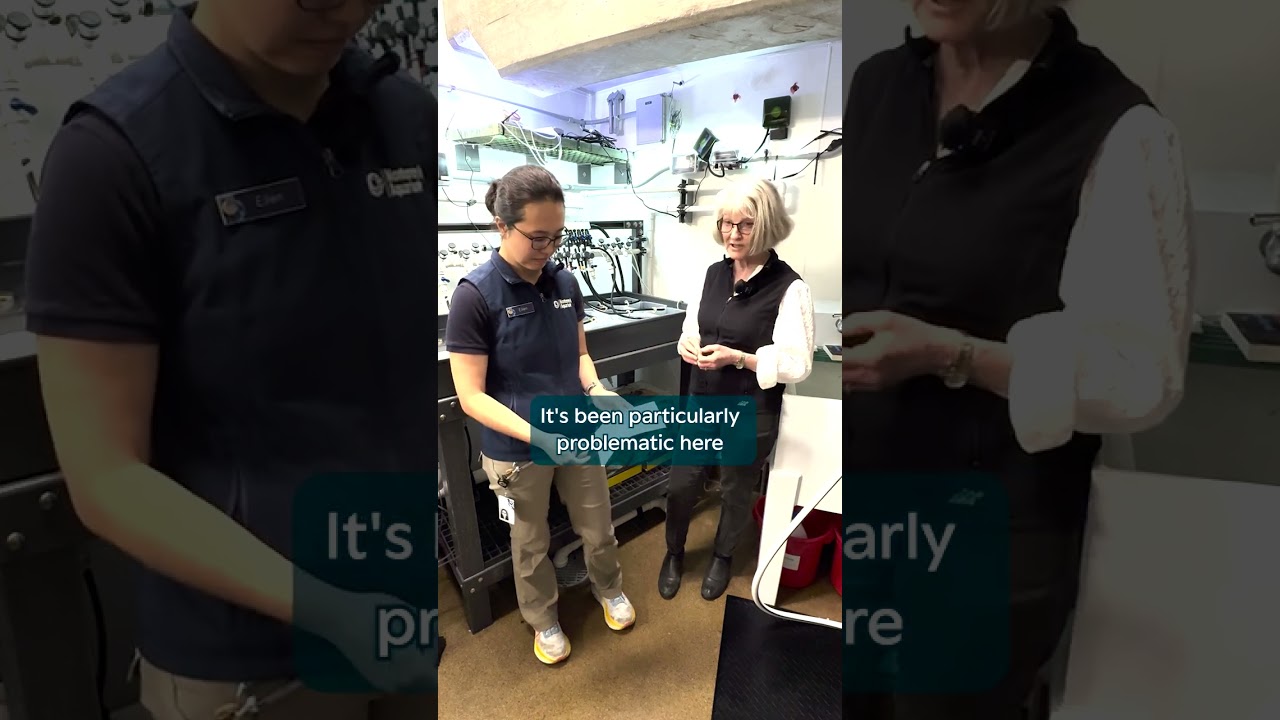-
The biology and ecology of sunflower stars: Discover the impressive characteristics and ecological importance of sunflower stars in marine ecosystems.
-
The conservation challenges and threats: Understand the urgent conservation concerns affecting sunflower stars, including disease and habitat loss.
-
Zoo management and breeding programs: Learn about the innovative zoo-led breeding and management initiatives to protect and repopulate sunflower stars.
-
The role of scientific research in conservation: Explore how scientific studies contribute to the understanding and preservation of sunflower stars in their natural habitats.
- Public engagement and education: Recognize the value of educating and involving the public in the conservation efforts for sunflower stars to foster a sense of responsibility and stewardship.
Sunflower stars, belonging to the species Pycnopodia helianthoides, are extraordinary echinoderms with unique biological features. These impressive sea creatures can reach up to 3.3 feet in diameter, sporting 16 to 24 arms adorned with tube feet. Their vibrant hues, ranging from orange to purple, make them among the most visually striking starfish in marine environments. Sunflower stars occupy various marine habitats along the Pacific coast, from Alaska to California. As nocturnal predators, they play a vital role in regulating prey populations like sea urchins, thus ensuring the stability of their ecosystems.
Sunflower stars face numerous conservation challenges. A significant threat is the sea star wasting syndrome, a disease that causes tissue decay and mass mortality. This condition has led to a drastic decline in sunflower star populations. Additionally, climate change and ocean acidification further exacerbate their plight by altering their habitats and nutritional sources. Conservationists emphasize the urgent need to address these challenges to prevent a further decline in their populations.
Zoo management and breeding programs have taken center stage in the effort to conserve sunflower stars. Leading aquariums and zoos are collaborating to develop breeding programs aimed at increasing their numbers. These initiatives involve creating optimal conditions for breeding and raising sunflower stars in captivity. By studying their reproduction and developmental stages, experts hope to reintroduce healthy individuals into the wild, bolstering local populations and genetic diversity.
Scientific research plays an essential role in the conservation of sunflower stars. By studying their genetics, behavior, and physiology, scientists gain valuable insights that aid in the development of effective conservation strategies. Research on the impacts of environmental changes on sunflower stars informs policy decisions and habitat restoration projects. Additionally, innovative technologies like genomics are being employed to monitor populations and assess the health of these creatures in their natural habitats.
Public engagement and education are critical components of sunflower star conservation. Zoos and aquariums are key players in disseminating information and raising awareness about the importance of these stars. Through interactive exhibits, educational programs, and community events, institutions strive to inspire a sense of responsibility among individuals. By fostering a connection between people and marine life, public engagement initiatives encourage sustainable practices and support for conservation efforts.
Sunflower stars hold ecological importance that extends beyond their captivating appearance. Their role as apex predators in marine ecosystems underscores the need to protect and preserve them. Through concerted efforts in conservation, research, and public education, society can advocate for the survival and thriving of sunflower stars. Their preservation is integral to maintaining the health and balance of oceanic environments, an endeavor that requires continuous dedication and collaborative action.
*****
Source Description
In case you missed it last month, our senior aquarist, Ellen, went live with Dr. Drew Harvell, @ocean_inverts, a marine biology professor at Cornell University who does amazing work with sunflower stars!
In honor of Earth Month, we’re celebrating the incredible marine life that helps maintain the health of our ocean.
While our sunflower stars are currently behind the scenes and not on exhibit, Ellen and Dr. Drew remind us of their importance and the role they play in protecting vital habitats in our ocean.
Watch to learn more and read more about sunflower stars on our website!
https://mbayaq.co/sunflowerstar
____
Whale hello there! We hope you liked this video. Subscribe to our channel for more from the Monterey Bay and our mission to inspire conservation of the ocean:
https://www.youtube.com/subscription_center?add_user=montereybayaquarium
We’re on Facebook: https://www.facebook.com/montereybayaquarium
And Instagram! https://www.instagram.com/montereybayaquarium
And Tumblr! https://www.tumblr.com/blog/montereybayaquarium
And Twitch! https://www.twitch.tv/montereyaq
And TikTok! https://www.tiktok.com/@montereyaq
And Discord! https://discord.gg/montereybayaquarium
And subscribe to our emails here: https://montereybayaquarium.org/subscribe


